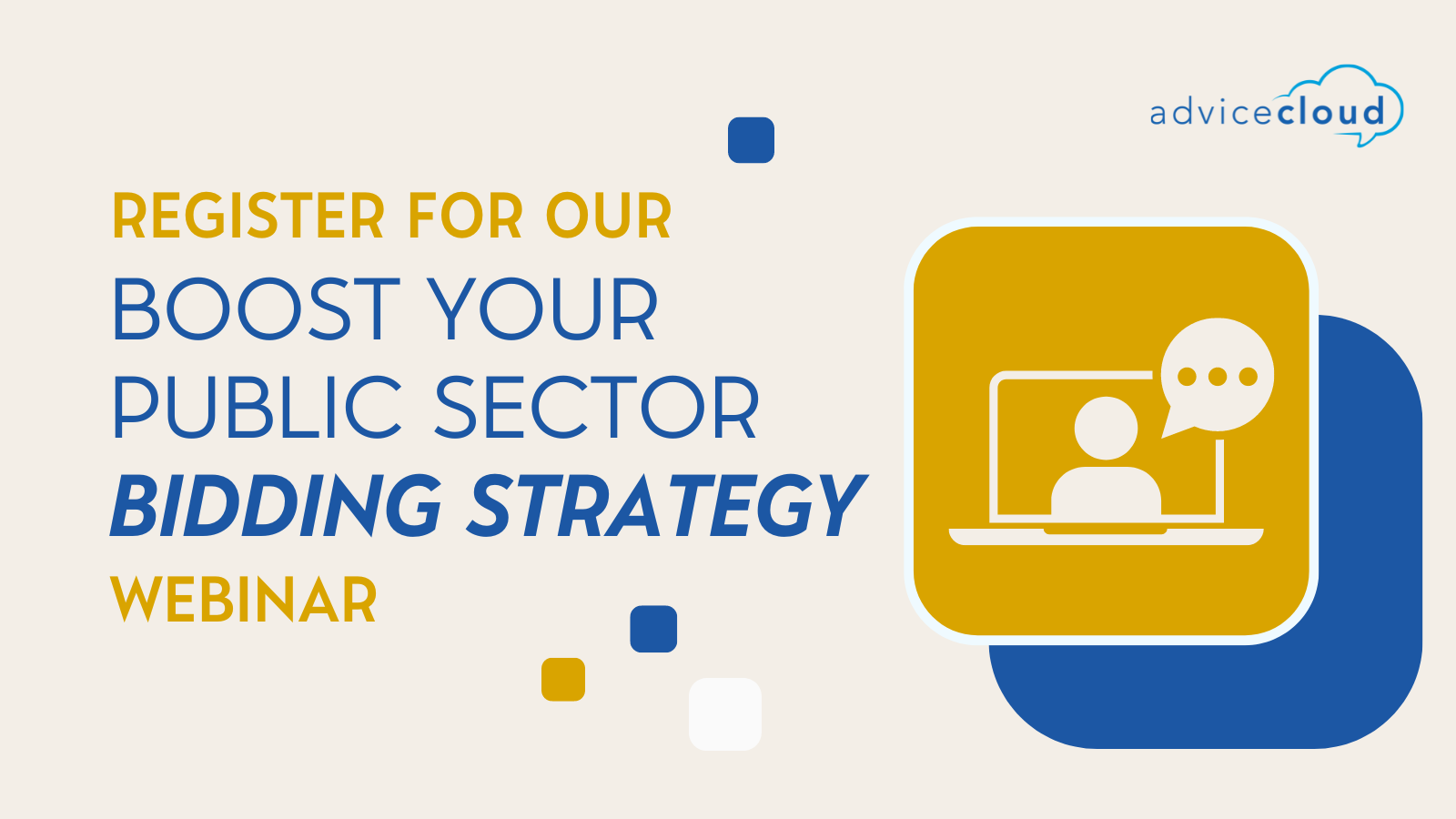As a public sector supplier, preparing a tender or bid response can often be time-consuming. Many internal departments need to contribute, from legal teams to marketing. And while the requests for some contracts have become more complex, procurement timeframes are being compressed, essentially squeezing suppliers in the middle. So by the time all relevant voices have had their input, you might even have left it too late. It has made the process far more difficult, especially for smaller organisations with less knowledge or resources.
We have known some suppliers try to cut corners here by doing a simple copy-paste job from previous tender responses. While it may save you time, it’s likely the results will only lead to a loss. The quality will be poor as it won’t address the specifics for this buyer or opportunity. This is where a bid content library can provide you with an advantage.
What is a bid content library?
A content library is essentially a centralised repository where an organisation stores standardised responses, templates, key data, and other relevant documents that are commonly required for bid submissions. This library acts as a collective brain, a source of accurate information that can be reused to pull together a good first-draft response to a procurement proposal. An accessible and up-to-date content library takes away the pressure of the last-minute scramble by providing repeatable content. It is important to note that while this tool is extremely useful, suppliers should follow a strategy that starts with understanding the buyer’s needs first. This way the bid can be tailored to them.
Your content library can be as simple as a collection of folders on your organisation’s network drive, that way everyone can access them. It should be structured as a comprehensive catalogue of all the information that may be needed to complete a successful bid, including certificates, vision and mission statements, and information on your product or service. Pulling this together shouldn’t be time-consuming if you are a seasoned supplier, as all of this will be stored somewhere from a previous bid.
Building your content library
A good way to start building your bid content library is by conducting an audit. If you’ve supplied to the public sector and have had to submit bids, take a look at what has won you contracts in the past. If you’re starting from scratch or you don’t have much experience, you can also take a look at Requests for Tenders relevant to your industry or sector. Doing this will give you a general feel for the types of frequently asked questions.
As a starting point, here are some examples of the materials that can be used to streamline the process of creating and submitting bids:
- Standard responses and templates
- Case studies
- Client testimonials and references
- Legal and compliance documents
- Pricing information
- Marketing and promotional material
- Organisational information
- CVs and staff qualifications
- Graphics and multimedia assets
- Policies and procedures – including social value; Account/relationship management; Quality processes; Workplace health and safety; Value-added services; Product and service innovation
- Past bids and feedback
Each of these elements plays a crucial role in building a comprehensive bid content library. It’s important to keep the content relevant and up-to-date, ensuring that your library is a dynamic resource that evolves with your organisation and the industry. Once you have your bid content library set up you will save significant time and effort crafting future responses.
How to use your content library
Repurposing is not the same as copy and paste
It’s all well and good having this information to hand when needed. But if you continue to use the information in the same way, you risk duplication and won’t produce a winning bid. It’s crucial suppliers understand the aim of a content library isn’t to just dump all the information into a bid response when needed. Instead, focus on what is relevant to the opportunity and tailor your bid to the buyer’s needs. Eliminate any vague statements that end up being just filler sentences without any purpose.
Managing your library
You will need to appoint someone internally to maintain your content library. This person or department can serve as quality assurance and keep things up-to-date. Having a particular person to go to when there are questions surrounding the content or a bid also lowers the probability of mixed messages. When new employees join your organisation, there will be little confusion on how to contribute to a bid proposal or where to get the information.
Being ‘tender ready’
Being ‘tender ready’ means passing the minimum requirements before you even start – ensuring you have content pre-prepared that will enable you to spend maximum time on strategy and tailoring. Consider having up-to-date insurance cover, quality processes, and solid evidence of your experience and track record. Then, ensure you set expiry and review dates. This reduces the risk of idle or irrelevant information being used in a response. It also lends credibility to the content and encourages contributors to focus on accessing a central, single source of truth.
This concept is especially important for smaller organisations. SMEs are being actively encouraged to participate in supplying the public sector through government policies. This is great news, but suppliers may find themselves stretched for time and resources. Being ‘tender ready’ is essential both for being competitive and operationally efficient.
A well-structured and maintained bid content library is an invaluable asset for any organisation looking to streamline their bid preparation process. Consolidating key documents, templates, and responses not only saves time but also ensures consistency and quality in your submissions. It’s important to keep in mind, however, that customisation and relevance to the specific tender are crucial. A bid content library should be seen as a starting point. Embracing this tool with a strategic approach can significantly enhance your chances in the competitive public sector procurement landscape, particularly for smaller organisations.




